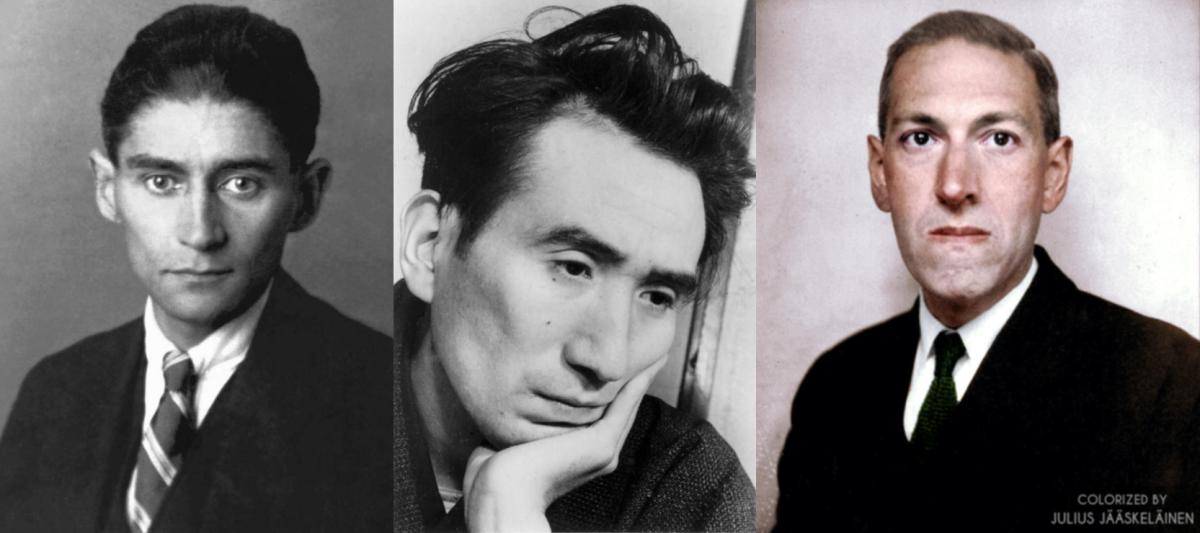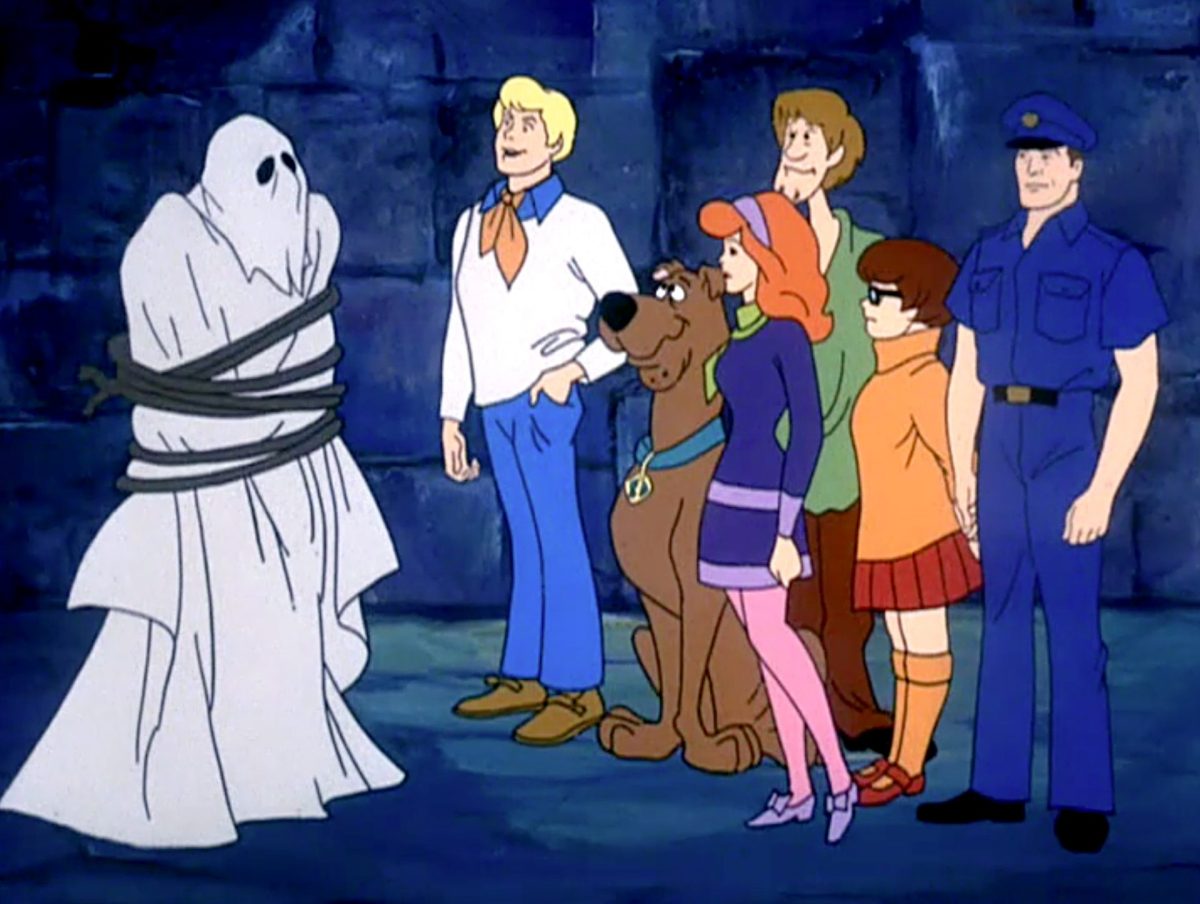It’s no secret that sadness will sell – especially in times of societal stress. In recent years, there’s been a resurgence of interest in novels, both classic and modern, and it’s hard not to notice a pattern: the books that stay with us are often the bleakest ones. Stories of alienation, despair, and loss carry a strange attraction, as if the darker corners of the human experience speak more truthfully than others. Behind many of these works stands a writer who wasn’t merely imagining how sorrow would feel, but rather having firsthand experience. Their struggles bled into the page, turning private misery into pieces of art.
The prolific, overwhelmingly depressing, Japanese Writer Osamu Dazai. Shūji Tsushima, pen name ‘Osamu Dazai’, was the man who authored many short stories during the 1930s and 1940s, including titles such as ‘Self Portraits’, The Beggar Student, my personal favorite The Setting Sun, and the oh-so-very popular No Longer Human, which later had an adaptation into a manga by Horror Writer Junji Ito. Dazai’s life was many things, but few could call it a happy one.
Dazai was born into a powerful landowning family in Japan in 1909. Growing up, he was regarded as a brilliant mind, but that all seemingly changed when he started attending Tokyo University in 1930. He attended for five years, later stating that he had never once attended a lecture, and he was expelled in 1935, the same year he would attempt double suicide with a woman he was seeing. He originally left behind a collection of stories he had written, which he wanted to be published after his death under the name The Declining Years/The Final Years.
They were published; however, he survived and kept writing, although the woman he attempted to kill did not, noting that it was just misfortune that he had survived. The stories he wrote continued to become more and more dark, once being based around wit and invention, turning into distress and tiredness.
In 1947, he published The Setting Sun, which saw immediate success for being extremely relevant at the time, talking about the breakdown of an aristocratic family in Japan after World War II. It is a story that depicts a Japan that slowly lost the identity it had built for over two centuries. It depicts an outlook that is utterly uninterested in the affairs of man, and an outlook that only leads to downfall. And it reflected the real psyche of Osamu Dazai, who, almost a year later, published No Longer Human, his most popular book worldwide. Two weeks after it was published, Osamu Dazai’s body was found in the Tamagawa Canal on his birthday – an extremely sad death for someone who should have been a happy and successful writer.
Another writer whose name has become nearly synonymous with alienation itself: Franz Kafka. Born in Prague in 1883, Kafka lived much of his life in the shadow of anxiety, illness, and a father he could never seem to please. His relationship with his domineering father left him with a lifelong sense of inadequacy. His two most popular works, The Trial and The Metamorphosis, were the results of his fears and nightmares. Perhaps the most famous image in The Metamorphosis is Gregor Samsa, a traveling salesman who wakes one morning transformed into a giant beetle. Scholars and readers alike have pondered many times over the story to find answers to any of the book’s questions, but there was no answer.
Kafka loathed himself so much and thought of himself as grotesque and mentally disgusting to everyone he met; he wished all of his works to be burned when he died. Kafka was the only one who saw himself that way; others thought he was a handsome, intelligent man with a good sense of humor and an abundance of kindness. It’s an odd thought, the fact that had he not harbored all of these thoughts, he might not have become as important in modern literature.
Yet another author was H. P. Lovecraft, the man behind the Cthulhu mythos and historical horror books. Born in Providence, Rhode Island, in 1890, Lovecraft spent much of his life in poverty, isolation, and ill health. He was the kind of man who never quite fit the world around him, retreating instead into imagination. From that isolation came a body of work so unique that it eventually formed its own genre: cosmic horror.
Lovecraft grew up in a family plagued by mental illness, lost his father at a young age, and lived with constant anxiety and physical ailments. These hardships, paired with a deeply pessimistic worldview, colored the stories he wrote. In tales like The Call of Cthulhu and At the Mountains of Madness, human beings are fragile specks at the mercy of ancient forces so vast they can hardly be named. It gives not only an air of mystery or suspense, or even intrigue – it drenches you in deep black trenches of fear.
Much like Dazai and Kafka, the very feelings that tormented Lovecraft gave his art its longevity. While Lovecraft died relatively unknown in 1937, his work now underpins an entire corner of literature, film, and video games, namely in relation to modern High Fantasy and Dungeons and Dragons. New eldritch horror owes much of its shape to a man who could barely hold his own life together.
There are numerous other examples, quite similar to these. Their art of writing was shaped by their own experiences, and that makes complete sense. Perhaps the real lesson isn’t that suffering makes art, but that art can trap suffering and make it visible. These writers gave form to emotions most people bury, and in doing so, they offered later generations a kind of solidarity. And for better or for worse, more emerge all the time in the modern literature sphere, and it will continue that way. And in the end, it’s important to recognize the role of human emotion in the works of man, but just try not to romanticize it too much.







